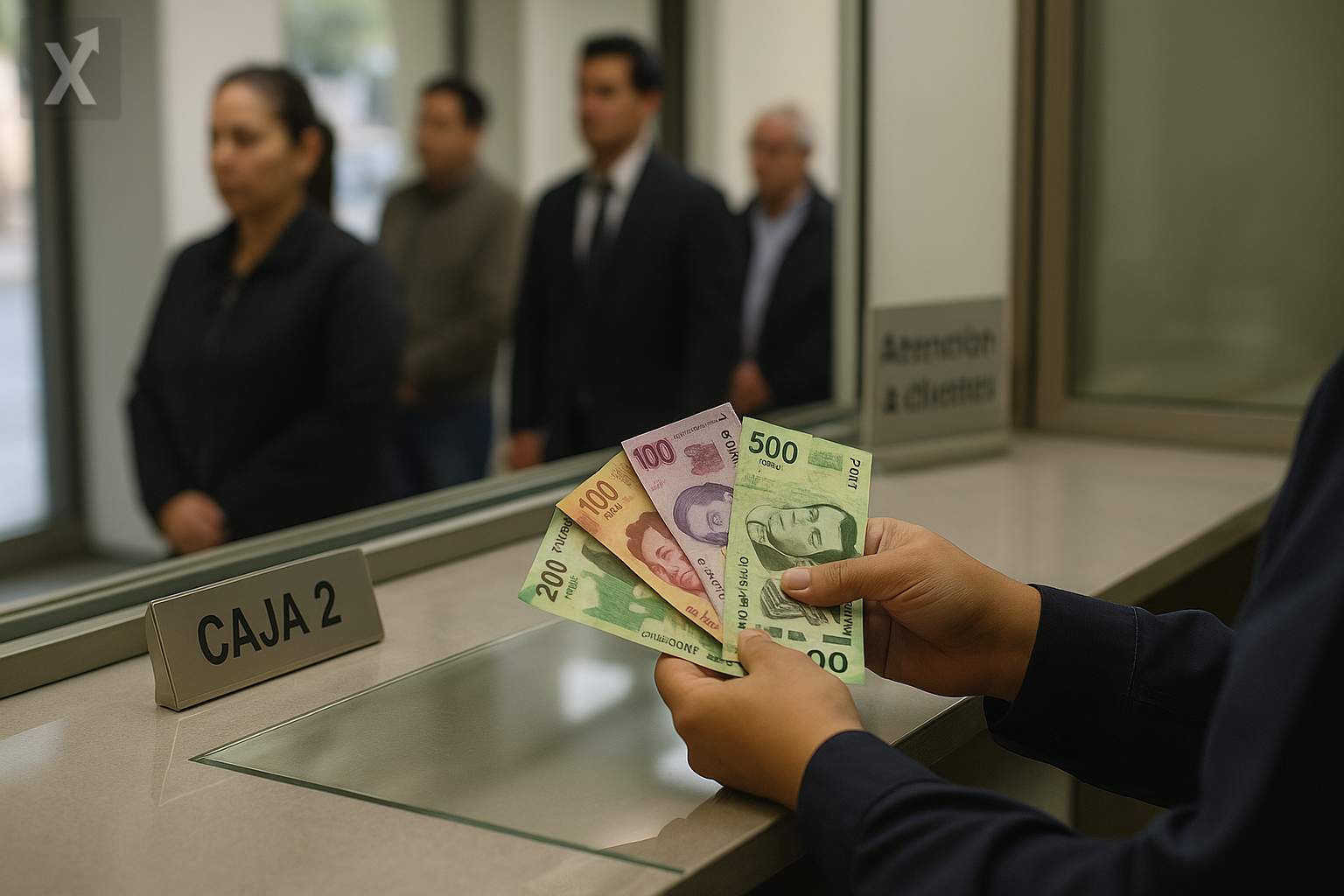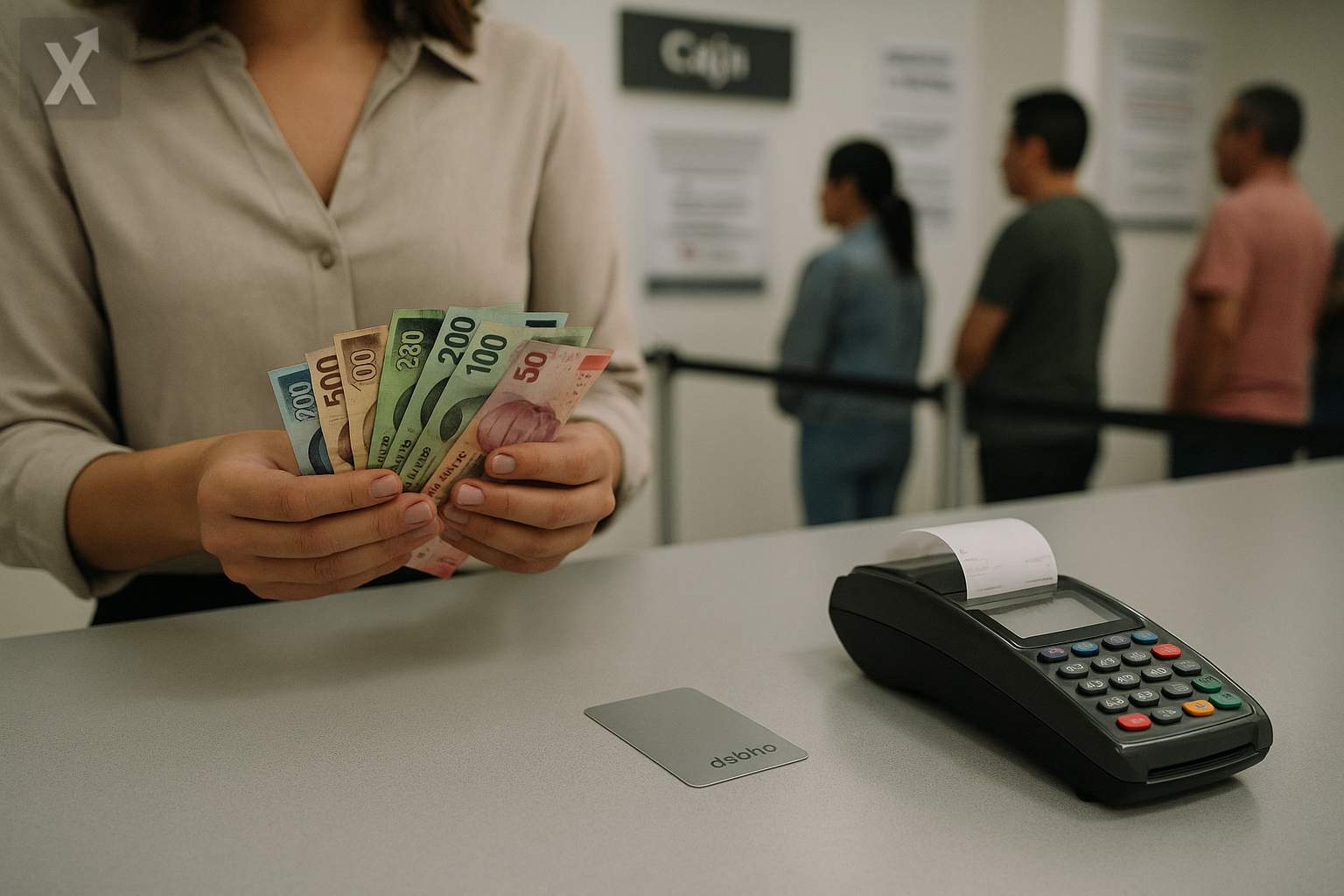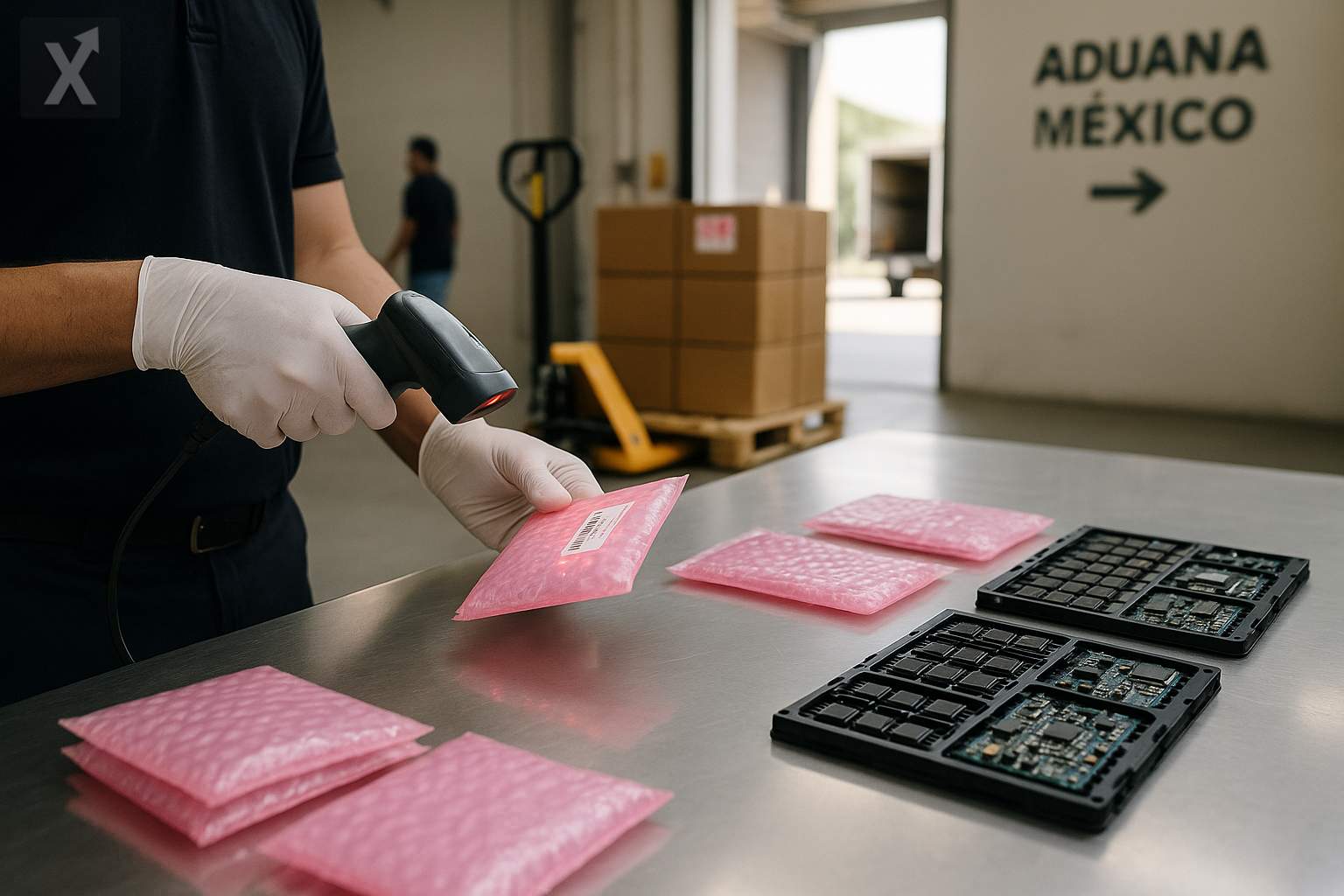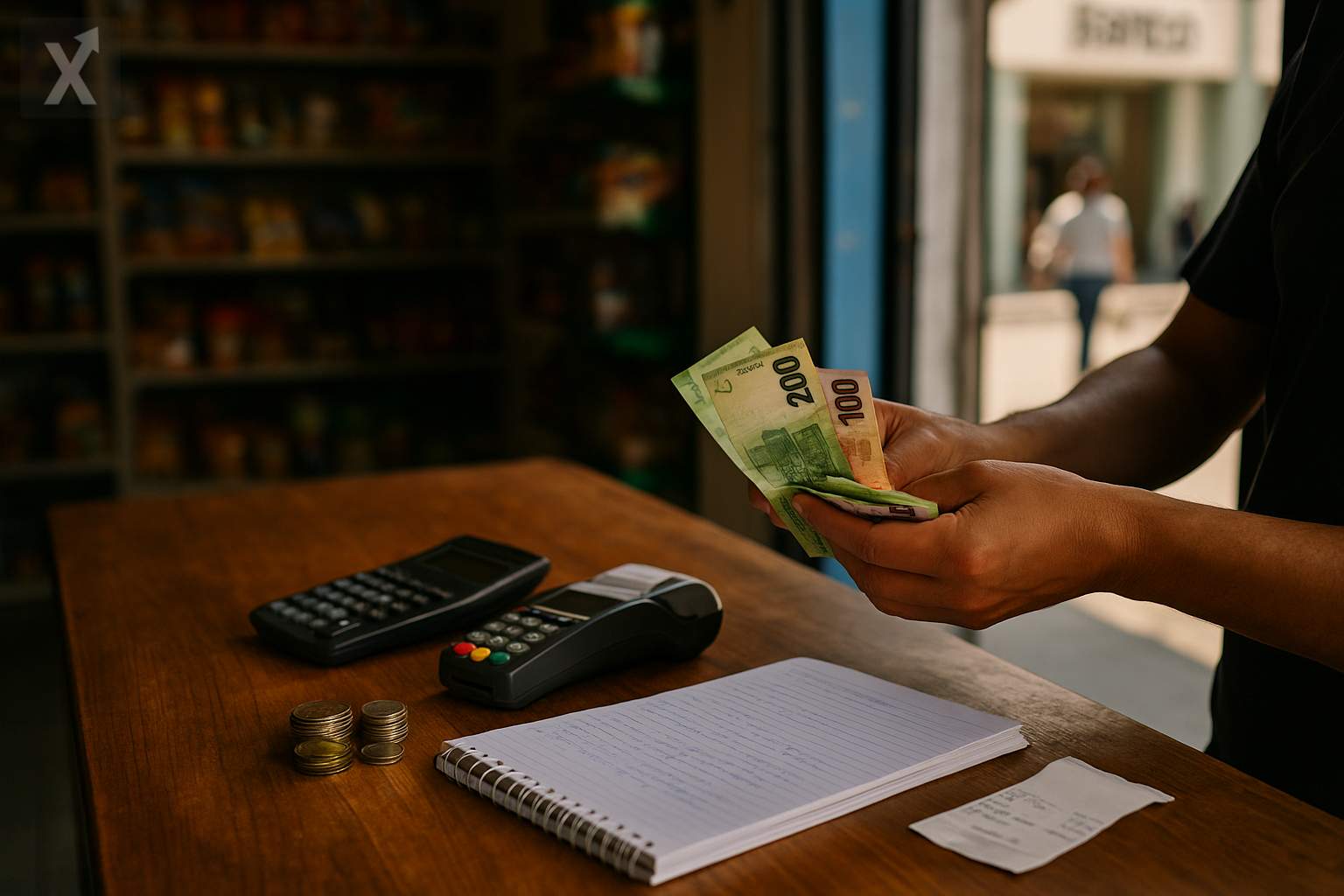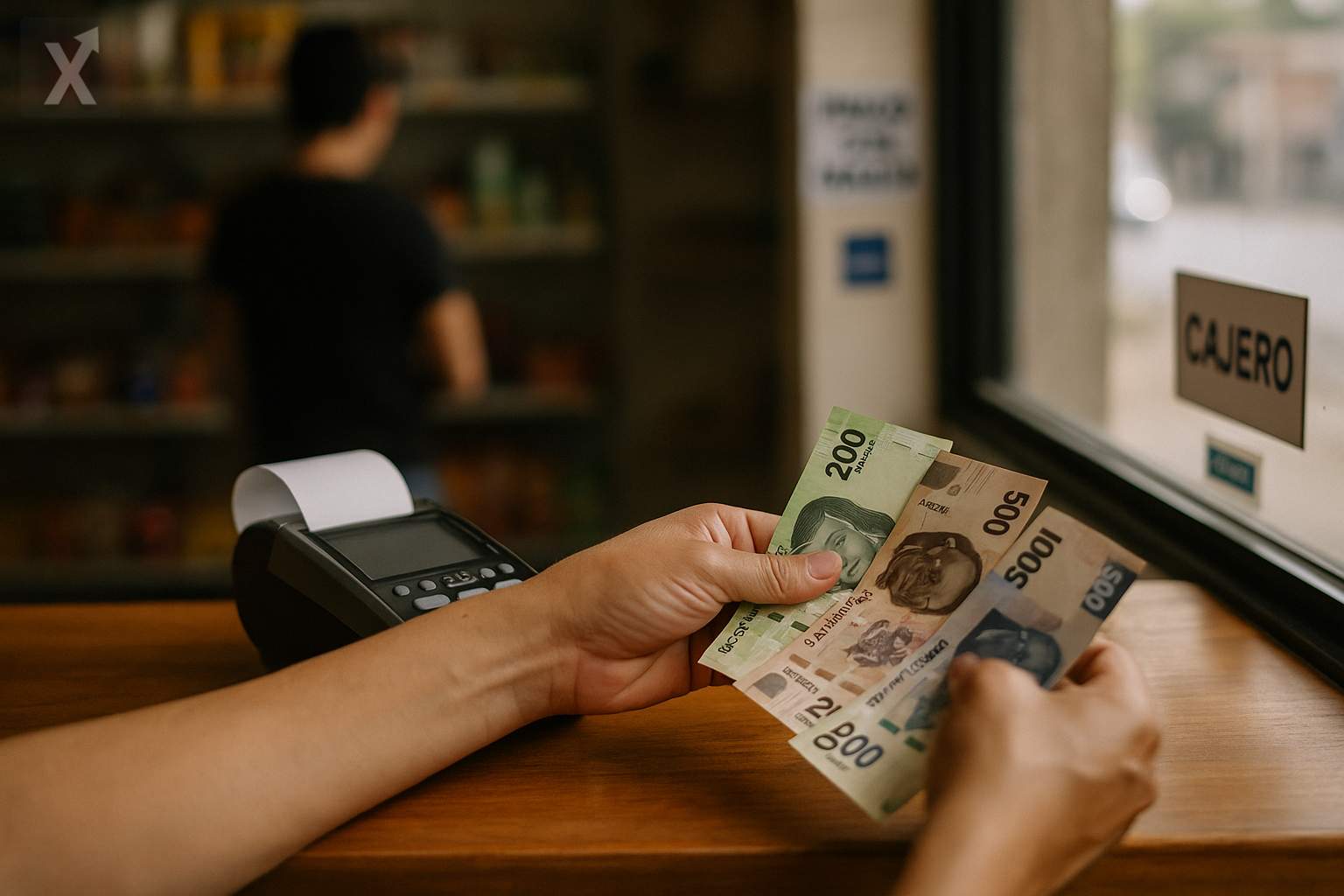Mexico in a New International Economic Landscape: Opportunities and Challenges in the Post-Dominant Dollar Era
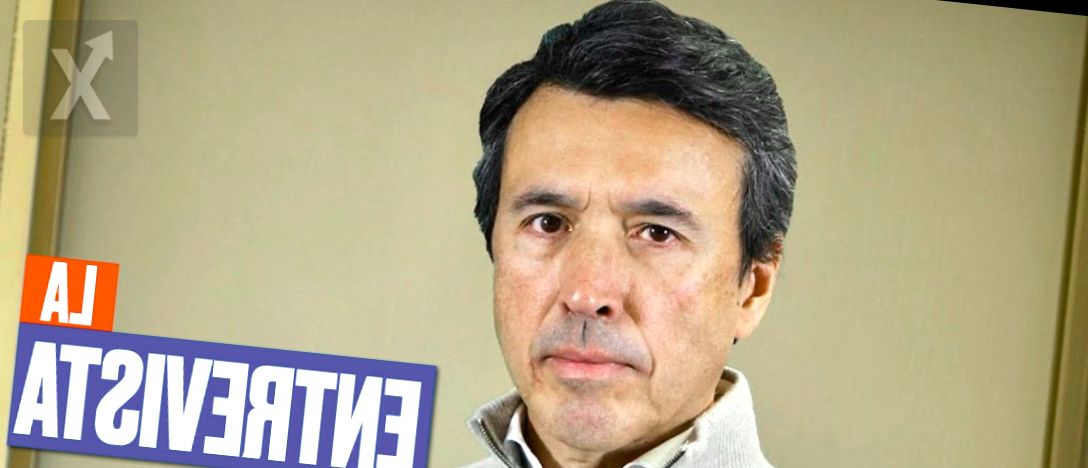
The global dominance of the U.S. dollar continues to be a cornerstone of international markets, though signs of transformation are pointing toward a more multipolar configuration in the world financial system. According to Gabriel Manzano, Head of Markets at Citi Mexico, while the dollar is still far from losing its hegemonic position, the emergence of new powers and financial instruments is starting to erode its historic leadership, opening a period of adjustments and realignments for economies such as Mexico’s.
Since the consolidation of the so-called “Bretton Woods order” after World War II, the dollar and the United States have played a central role in global financial stability and regulation. However, Manzano points out that we are now in the midst of a transition toward a reality that is less dependent on a single currency or power, which would mean greater diversification of capital flows and trade.
For Mexico, this trend presents both certain risks and opportunities. On the one hand, the country is well positioned to attract investment amid the global search for diversification by international investors. Recent capital inflows into Mexican assets and the appreciation of the peso reflect this: at the close of 2024, the dollar traded at around 20.79 pesos, a figure that improved to 19.33 pesos per dollar as of May 21, 2025. This strengthening of the peso has been driven by the appeal of local interest rates, macroeconomic solidity, and favorable outlooks from both domestic and foreign actors.
Gabriel Manzano emphasizes that even in a scenario marked by volatility, the Mexican market has been able to capitalize on the situation. One example of this resilience is the capacity of Mexican companies to manage risks through robust hedging policies, allowing them to weather periods of vulnerability in international markets. This positive perception translates into greater confidence from investors, who see Mexico as a viable destination to channel their capital.
With regard to monetary policy, the divergence among the world’s major central banks will play a significant role for the rest of the year. While the U.S. Federal Reserve (Fed) maintains its restrictive stance—since U.S. inflation has yet to fall to its target—Banco de México (Banxico) has begun to ease its policy: the benchmark interest rate was recently reduced by 50 basis points, setting it at 8.50%. There is a possibility of one or two additional cuts in 2025, provided inflationary trends allow it. This differential rate environment may continue to boost the attractiveness of Mexican instruments in the short term.
Beyond international factors, the domestic environment also introduces elements of uncertainty, such as the ongoing judicial selection process. Nevertheless, Citi and its clients—who are accustomed to operating in varying global contexts—consider that, barring any clear adverse signals, prospects for economic activity and investment in Mexico remain constructive.
In summary, although the dollar retains its leading position in the world economy, Mexico finds itself at a turning point to further strengthen its appeal in an era of greater portfolio and investment diversification. Internal and external challenges will persist, but the strength of Mexico’s fundamentals and the sophistication of its domestic market stand out as key factors to navigate global uncertainty and drive its development in the emerging new economic order.


